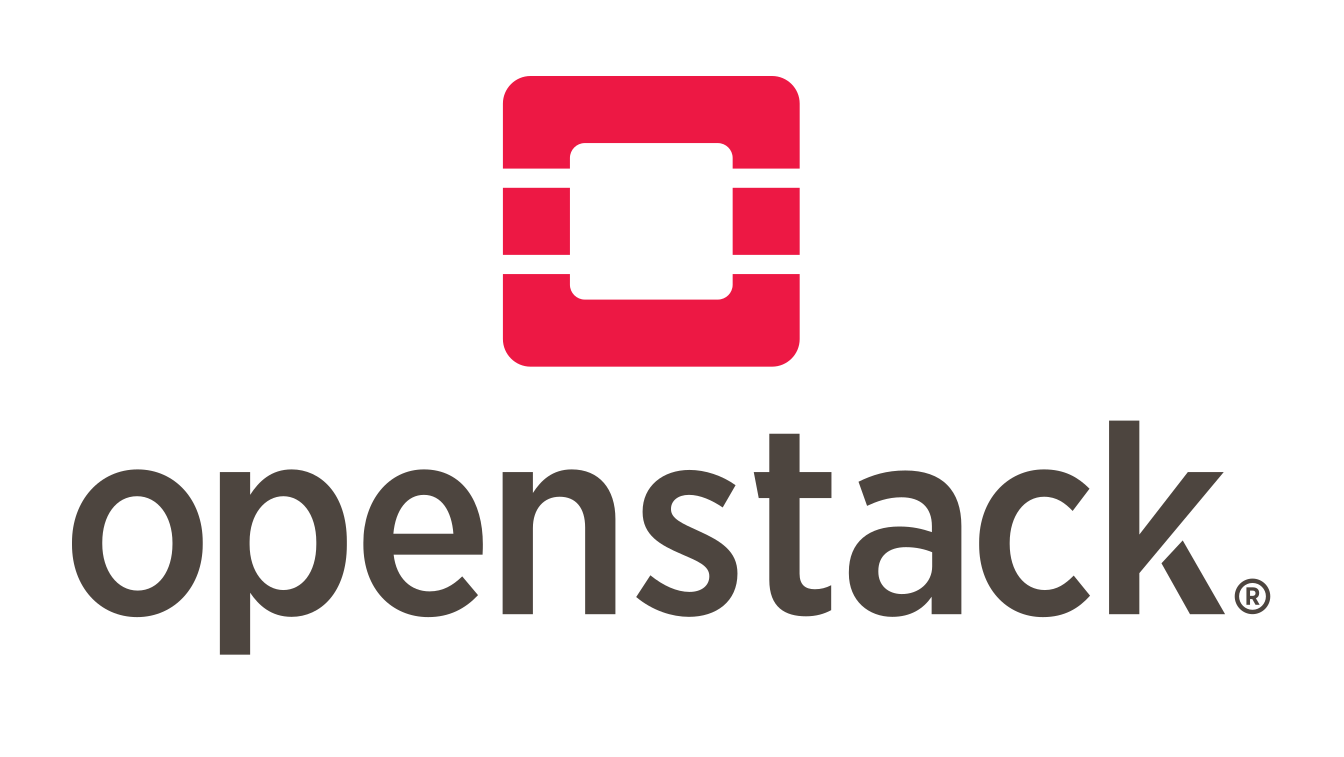Caringo brings object storage to OpenStack
Announces availability of CAStor software platform for OpenStack to manage Swift storage object servers


US storage software vendor Caringo has released an object storage engine in beta to run on OpenStack Swift object storage servers.
The company said its integration with OpenStack’s compute and imaging components is designed to Swift maintain accounts, containers, authentication and access controls, claiming its CAStor object storage platform is capable of delivering 97 per cent disk capacity utilisation by removing file system inefficiencies.
The significant savings in disk utilisation can also be enhanced with as few as two replica commodity x86 servers, which Caringo said could save over 30 percent in hard drive costs and data centre space when compared to Swift object servers.
"Bringing CAStor to the OpenStack platform gives users the option to choose an object storage solution that makes OpenStack Swift easier to manage, increases data integrity and offers high availability," said Mark Goros, Caringo chief executive.
"Users of the combined solution can now rely on the industrial strength and dependability of CAStor to keep their content safe, available and compliant, while still benefiting from the tremendous progress the OpenStack community continues to make."
Caringo object storage uses commodity x86 server hardware to build HTTP-accessible storage systems. Caringo object storage is integrated into data management applications from CommVault and Symantec, among others.
Running on the open source cloud project, the CAStor boot image contains the appliance operating system (OS) and server code and boots directly on bare metal from a USB key or from a network using the pre-execution environment (PXE). As no software is written to a hard drive, Caringo said it had simplified the boot process, making it possible to mix any size or type of drive in the system and make them interchangeable.
Get the ITPro daily newsletter
Sign up today and you will receive a free copy of our Future Focus 2025 report - the leading guidance on AI, cybersecurity and other IT challenges as per 700+ senior executives
Its management functionality includes provisioning, automated storage balancing and retiring and upgrading hardware to avoid downtime. And it claims that one system administrator without specialised storage expertise could manage multiple petabytes of storage.
A health monitor checks data integrity, cardinality and hardware status. If an issue is detected, all available servers in CAStor aid in the recovery, cutting recovery times as the CAStor object store grows and reducing the risk of data integrity issues.
The platform’s automatic policy-based replication and duration can be set per object and the Caringo Content Router gives users the option of using it to safeguard data by mirroring between object stores powered by CAStor in one or many distributed locations and maintaining high availability levels.
CAStor also includes patent-pending ‘Darkive’ adaptive power conservation technology that monitors storage system operations and automatically spins down disks to reduce CPU utilisation. Darkive can save up to 35 percent in power and cooling costs when factored into the overall storage infrastructure, according to the company.
Gartner’s most recent ‘Hype Cycle’ on storage technologies assessed the benefit of cloud oriented object-based storage as high. But its immaturity meant that its outlook for adoption was longer term, where it was only likely to have a high impact in five to ten years.
Analysis by Pushan Rinnen, Gartner Research data centre systems group research director, said the focus of object-based storage, as opposed to content-addressed storage (CAT) was its “development of technologies that support data transfer across wide-area geographies, such as global content distribution of primary storage and low-cost storage for backup and archiving in the cloud”.
A 25-year veteran enterprise technology expert, Miya Knights applies her deep understanding of technology gained through her journalism career to both her role as a consultant and as director at Retail Technology Magazine, which she helped shape over the past 17 years. Miya was educated at Oxford University, earning a master’s degree in English.
Her role as a journalist has seen her write for many of the leading technology publishers in the UK such as ITPro, TechWeekEurope, CIO UK, Computer Weekly, and also a number of national newspapers including The Times, Independent, and Financial Times.
-
 Why keeping track of AI assistants can be a tricky business
Why keeping track of AI assistants can be a tricky businessColumn Making the most of AI assistants means understanding what they can do – and what the workforce wants from them
By Stephen Pritchard
-
 Nvidia braces for a $5.5 billion hit as tariffs reach the semiconductor industry
Nvidia braces for a $5.5 billion hit as tariffs reach the semiconductor industryNews The chipmaker says its H20 chips need a special license as its share price plummets
By Bobby Hellard